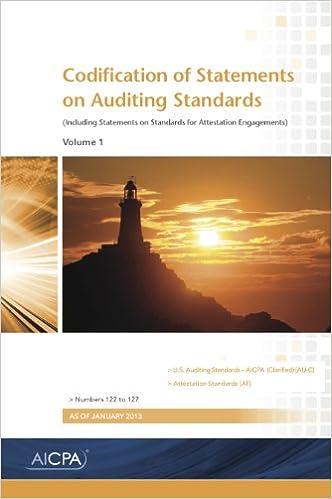Answered step by step
Verified Expert Solution
Question
1 Approved Answer
I just need help with the incorrect answers and the blank answers. I am not sure how I am getting the answers wrong Thanks! Reshier



I just need help with the incorrect answers and the blank answers. I am not sure how I am getting the answers wrong
Thanks!
Reshier Company makes three types of rug shampooers. Model 1 is the basic model rented through hardware stores and supermarkets. Model 2 is a more advanced model with both dry-and wet-vacuuming capabilities. Model 3 is the heavy-duty riding shampooer sold to hotels and convention centers. A segmented income statement is shown below. Model 1 Model 2 Model 3 Total Sales $246,000 $578,000 $634,600 $1,458,600 Less variable costs of goods sold (93,500) (164,160) (348,000) (605,660) Less commissions (5,000) (28,000) (21,750) (54,750) Contribution margin $147,500 $385,840 $264,850 $798,190 Less common fixed expenses: Fixed factory overhead (398,000) Fixed selling and administrative (290,000) Operating income $110,190 While all models have positive contribution margins, Reshier Company is concerned because operating income is less than 10 percent of sales and is low for this type of company. The company's controller gathered additional information on fixed costs to see why they were so high. The following information on activities and drivers was gathered: Driver Usage by Model Activity Activity Cost Activity Driver Model 1 Model 2 2 Model 3 Engineering $30,000 Engineering hours 800 75 125 Setting up 180,000 Setup hours 12,400 12,500 5,100 Customer service 110,000 Service calls 13,600 1,500 4,900 In addition, Model 1 requires the rental of specialized equipment costing $20,000 per year. Required: 1. Reformulate the segmented income statement using the additional information on activities. Use a minus sign to indicate any negative margins. If amount box does not require an entry, leave it blank or enter "O". Reshier Company Segmented Income Statement Model 1 Model 2 Model 3 Total Sales 246,000 578,000 634,600 1,458,600 Less variable cost of goods sold 93,500 v 164,160 348,4100 | 605,660 Less commissions 5,000 V 28,000 21,750 54,750 147,500 385,840 264,850 798,190 Contribution margin Less traceable fixed expenses: Engineering 24,000 2,250 3,750 30,000 Setting up 74,400 75,000 30.600 180,000 Equipment rental 20,000 20,000 Customer service 74,800 8,250 26,950 110,000 45,700 300,340 203.550 458,190 Product margin Less common fixed expenses: Factory overhead 50,000 x Selling and admin. expense 290,000 X Operating income 110,190 2. Using your answer to Requirement 1, assume that Reshier Company is considering dropping any model with a negative product margin. What are the alternatives? Keeping Model 1 or dropping it Which alternative is more cost effective and by how much? (Assume that any traceable fixed costs can be avoided.) Dropping Model 1 will add $ 45,700 to operating income 3. What if Reshier Company can only avoid 175 hours of engineering time and 5,000 hours of setup time that are attributable to Model 1? How does that affect the alternatives presented in Requirement 2? Which alternative is more cost effective and by how much? Keeping Model 1 will add $ to operating incomeStep by Step Solution
There are 3 Steps involved in it
Step: 1

Get Instant Access to Expert-Tailored Solutions
See step-by-step solutions with expert insights and AI powered tools for academic success
Step: 2

Step: 3

Ace Your Homework with AI
Get the answers you need in no time with our AI-driven, step-by-step assistance
Get Started


